Today we are joined by Mike Mix as he guides us through the journey of writing his new book, Leaded. Taking place in the Silver Valley of Idaho, Mix's new book explores the exploitation of the land and the many troubles faced in his research. Having a personal connection with the area lead to his initial interest in the Silver Valley and the concerns that came with it.
------------------
Idaho's Coeur d' Alene Mining District, today known as the Silver Valley, was one of the foremost metal producing areas in the world for almost a century. From 1884 to 1980, its mines produced quantities of lead, silver, and zinc worth almost $5 billion. Yet, the immense wealth came at great costs in environmental devastation and adverse human health effects. In Leaded, I trace the history of those consequences from Silver Valley mining operations and the causal factors responsible.
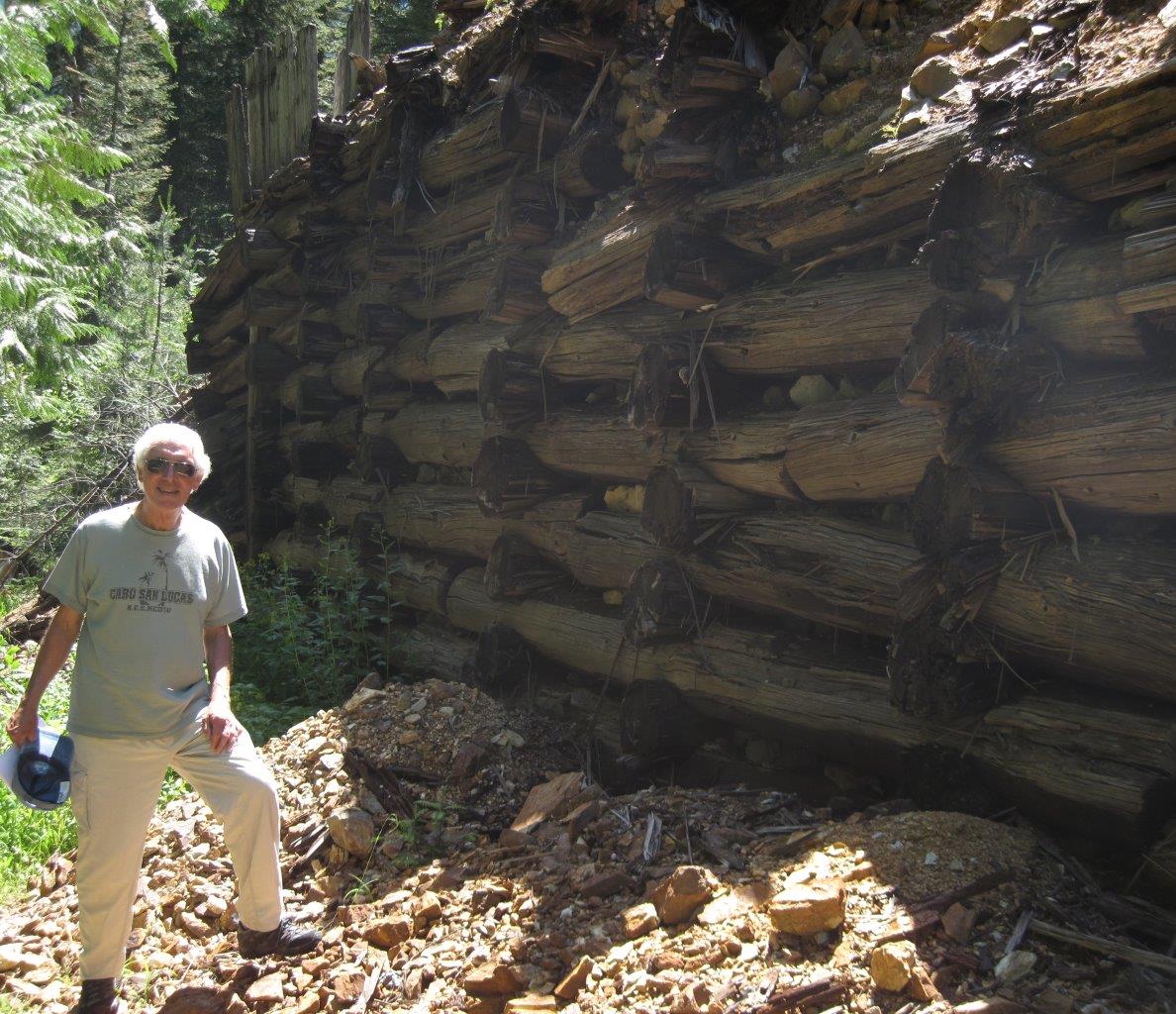 My interest in this project originated when I was a child growing up in Spokane during the 1950s. Each July Fourth, family members from Idaho and Washington were invited to a picnic at my great-aunt Lucy's home on Coeur d' Alene Lake-- a palatial mansion where she spent her summers. Her magnificent summer home was built in the 1920s after she married on of the owners of a fabulously rich mine-- the Hercules-- in the Silver Valley, 70 miles east of Spokane. In December 1958, I made my first trip to the mining town of Kellogg as a member of the North Central High School basketball team. I retain vivid memories of being defeated by a Kellogg team that won the Idaho state championship a few months later, their enthusiastic fans, and stepping off the bus and inhaling acrid smelter smoke when we arrived. I learned more about the mining district while working summers in 1962 and 1963 at a sawmill in Coeur d' Alene and talking with men who had once wo
My interest in this project originated when I was a child growing up in Spokane during the 1950s. Each July Fourth, family members from Idaho and Washington were invited to a picnic at my great-aunt Lucy's home on Coeur d' Alene Lake-- a palatial mansion where she spent her summers. Her magnificent summer home was built in the 1920s after she married on of the owners of a fabulously rich mine-- the Hercules-- in the Silver Valley, 70 miles east of Spokane. In December 1958, I made my first trip to the mining town of Kellogg as a member of the North Central High School basketball team. I retain vivid memories of being defeated by a Kellogg team that won the Idaho state championship a few months later, their enthusiastic fans, and stepping off the bus and inhaling acrid smelter smoke when we arrived. I learned more about the mining district while working summers in 1962 and 1963 at a sawmill in Coeur d' Alene and talking with men who had once wo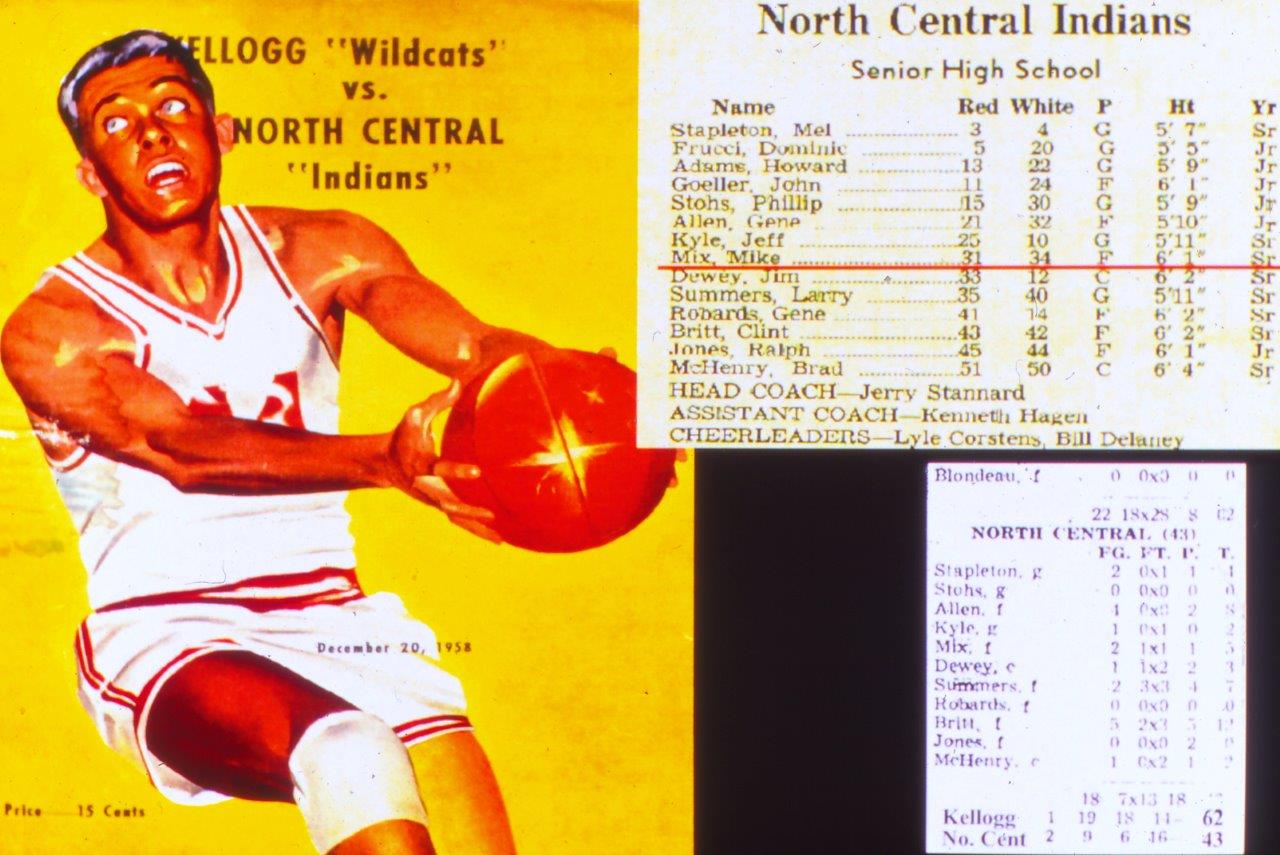 rked in the mines and smelters. Their stories about the hardship of working in mining operations, the close-knit communities, and the pervasive industrial culture, were often lively and educational in different ways.
rked in the mines and smelters. Their stories about the hardship of working in mining operations, the close-knit communities, and the pervasive industrial culture, were often lively and educational in different ways.
Subsequently, after graduate school, I was a professor at Oregon State University for thirty-five years. During the 1960s and 1970s, I occasionally traveled through Kellogg, observed industrial activities and degraded landscapes, and, as the "environmental movement" was gaining speed, pondered what the future held for Silver Valley mining and smelting operations. The answer became generally understood by 1981 when Bunker Hill, the largest mining company in the district, close, in part because it could no longer comply with new federal environmental and occupational laws and standards. Two years later, in 1983, the Bunker Hilll industrial area was listed as the largest Superfund site in the United States; the total cost of cleanup activities was estimated to be over $1 billion and it would take decades to complete.
Because of my historical interest in the Silver Valley and experience in studying chemical contamination, I began doing casual research in the early 1990s on the large-scale environmental problems and their underlying determinants. Two questions guided my studies: what accounted for the transformation of a pristine wilderness area to a Superfund site in less than a century? By the late 1990s, after acquiring partial answers to my questions, I began to engage in deep research with an ultimate goal of writing a book about the environmental history of the Silver Valley. Consequently, I faced significant challenges in identifying and locating relevant information resources to write an accurate account of my complicated Silver Valley story. Along the way, I conducted extensive interviews with State of Idaho personnel, miners and smelter workers, EPA staff, newspaper reporters, lawyers, and local activists involved in ongoing activities related to Silver Valley children and their health. Conversations with these people were a highlight while working on my project. Additiona sources included: historic records published in the 1800s; scientific articles on lead poisoning published early in the twentieth century; original peer-reviewed articles in science and history journals; government documents from the Environmental Protection Agency, National Institute for Occupational Safety and Health, Centers for Disease Control, and others; and Bunker Hill Records in Special Collections at the University of Idaho Library. I also obtained period newspaper articles from many local and regional papers that were essential in writing about events and life in the district. The greatest difficulty in acquiring critical information sources, however, lay ahead.
In terms of historical importance, the 1970s are conceivably the most significant period covered in this book. During that decade, events revolved around a lead-poisoning epidemic of Silver Valley children and related developments involving state and federal government agencies, the Bunker Hill Company, and district residents that are described in Chapters 5-7. Originally, my primary interest was focused on a landmark lawsuit brought against BUnker Hill by children who had been harmed by lead smelter emissions in 1973-1974. To accurately discuss the case and the trial, I wanted to locate the offical court records and exhibits obtained through formal legal discovery prior to the trial, which turned out to be a major ordeal. After 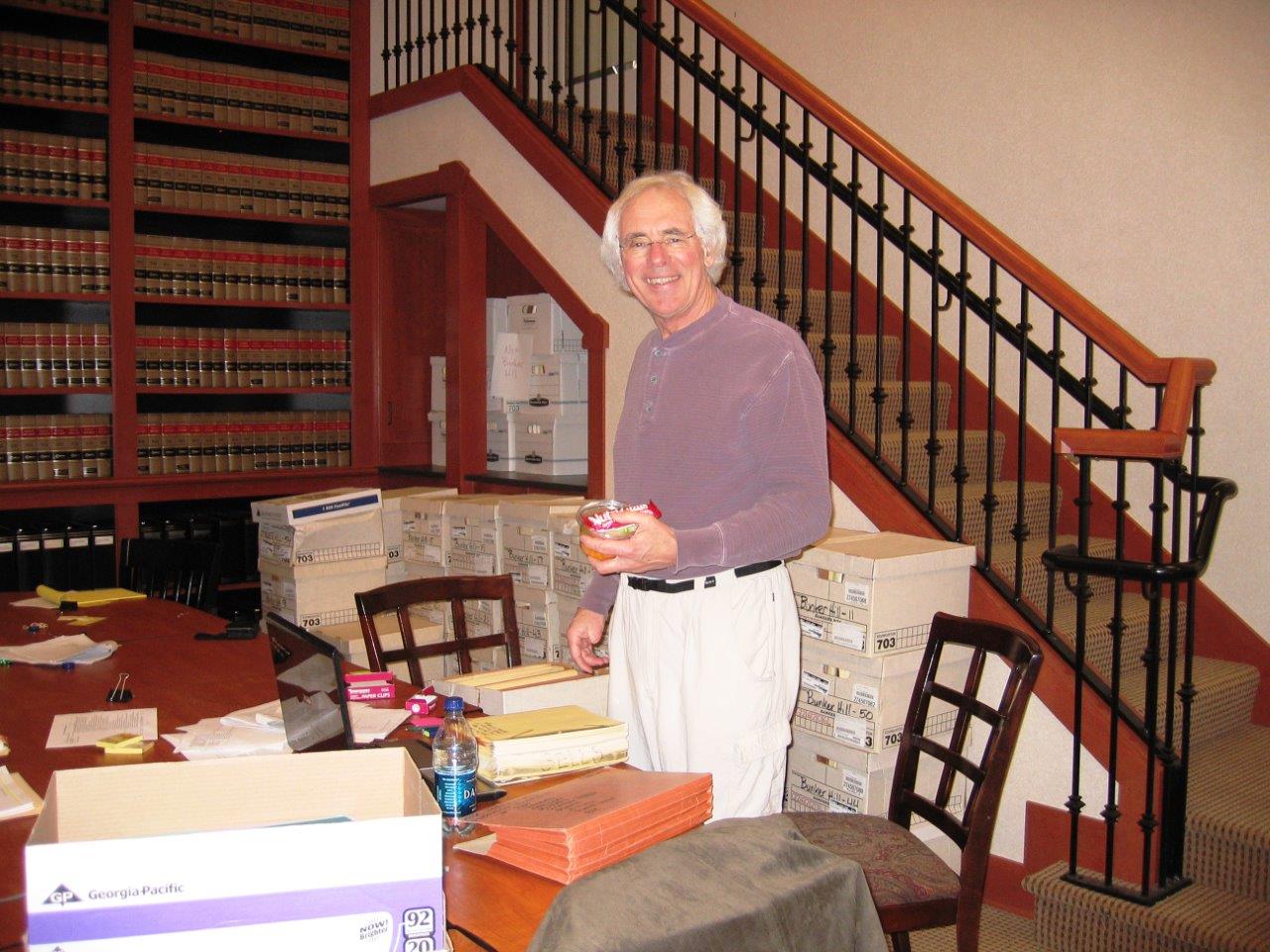 the trial in 1981, the court records and exhibits were sealed and stored in Boise, but later unsealed in 1990 and sent to the Federal Records Center in Seattle. In 2001 and 2002, I, along with two attorneys, examined those unsealed records and, after carefully comparing the available records with the ofical trial records/exhibit list, concluded that many vital records and exhibits were missing. Eventually, I gained access to all relevant case documents from the principal lawyer in the case who had them in storage at his law firm in Seattle. Ultimately, I examined seventy-eight large legal boxes containing those materials, and copied and analyzed hundreds of relevant documents. Those records were not only vital in recounting the case and trial but also in broadening discussions of significant related developments through the 1970s concerning: increasing scientific knowledge of lead health effects on children; exposing lead industry practices that had deterred scientific lead health research for decades; the absence of federal laws regulating lead concentrations in the environment and workplace; the subsequent passage of effective federal environmental and occupational laws; and judgments and actions (or inactions) of EPA, state, and Bunker Hill decision-makers from 1970 to 1981.
the trial in 1981, the court records and exhibits were sealed and stored in Boise, but later unsealed in 1990 and sent to the Federal Records Center in Seattle. In 2001 and 2002, I, along with two attorneys, examined those unsealed records and, after carefully comparing the available records with the ofical trial records/exhibit list, concluded that many vital records and exhibits were missing. Eventually, I gained access to all relevant case documents from the principal lawyer in the case who had them in storage at his law firm in Seattle. Ultimately, I examined seventy-eight large legal boxes containing those materials, and copied and analyzed hundreds of relevant documents. Those records were not only vital in recounting the case and trial but also in broadening discussions of significant related developments through the 1970s concerning: increasing scientific knowledge of lead health effects on children; exposing lead industry practices that had deterred scientific lead health research for decades; the absence of federal laws regulating lead concentrations in the environment and workplace; the subsequent passage of effective federal environmental and occupational laws; and judgments and actions (or inactions) of EPA, state, and Bunker Hill decision-makers from 1970 to 1981.
This book concludes a stimulating project that I started many years ago but, for me, the journey continues in following events in the Silver Valley. I also occasionally make trips there to visit with people, travel through the towns again, and observe and photograph the ongoing environmental restoration activities funded by Superfund monies. I am astounded by landscape improvements in the Bunker Hill Superfund site-- the indusrial area where the lead smelter, zinc plant, central impoundment area, and the Silver King School once stood, and the towns of Kellog and Smelterville-- which began in the 1980s and was mostly cleaned up by 2000 at the cost of $215 million. In an unexpected development in 2002, the EPA was obligated to expand the original Bunker Hill Superfund Site to include the entire Coeur d' Alene Basin, from Coeur d' Alene Lake to Mullan. It was estimated that it would take at least thirty years to complete the Basin cleaup at a cost of $750 million. However, since then, from recent analyses by the National Research Council, it is now understood that the scope of the cleanup as originally defined will be only a first step in achieving environmental and human health protection goals; further, "the volume of mining wastes in the Basin is so large that it is doubtful that complete removal can ever be attained." Thinking about the two original questions that guided my research and writing, I sometimes reflect on those enormous costs of the environmental devastation but for adverse human health effects, there are no cost estimates.
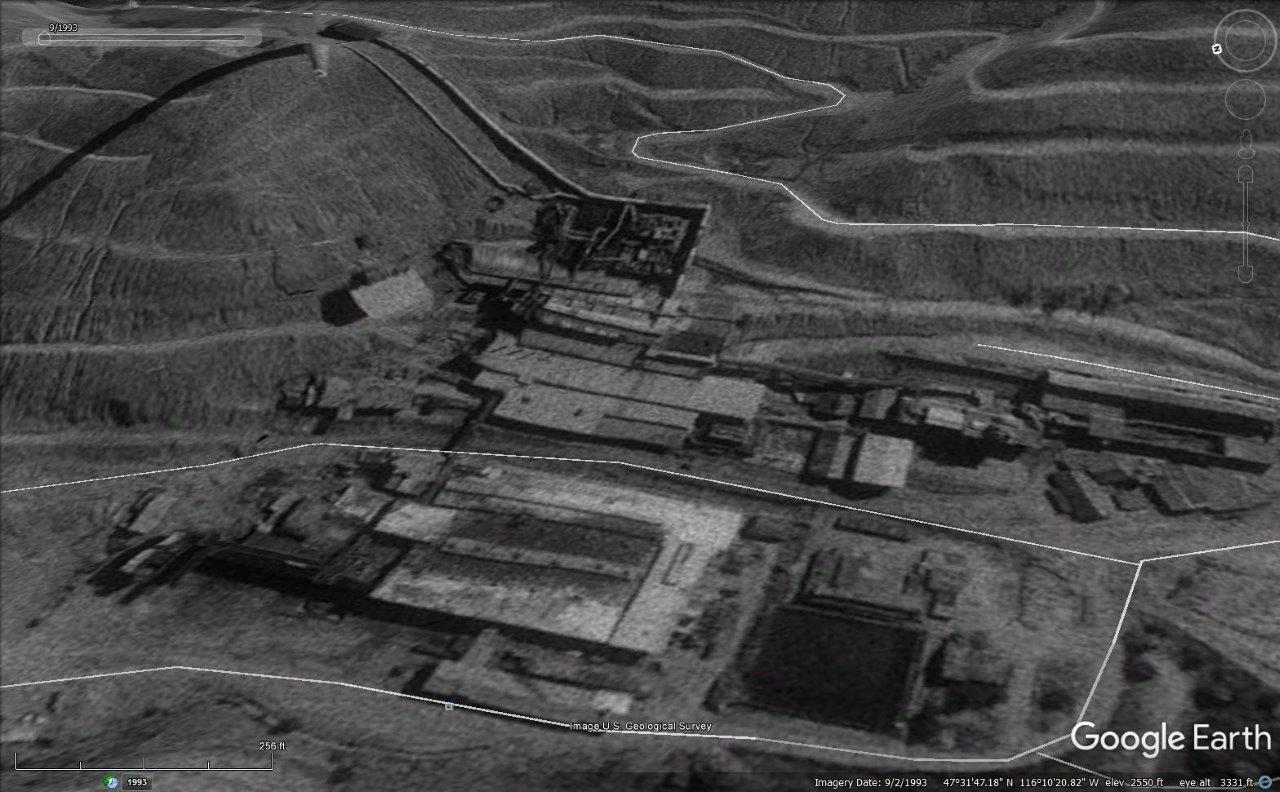
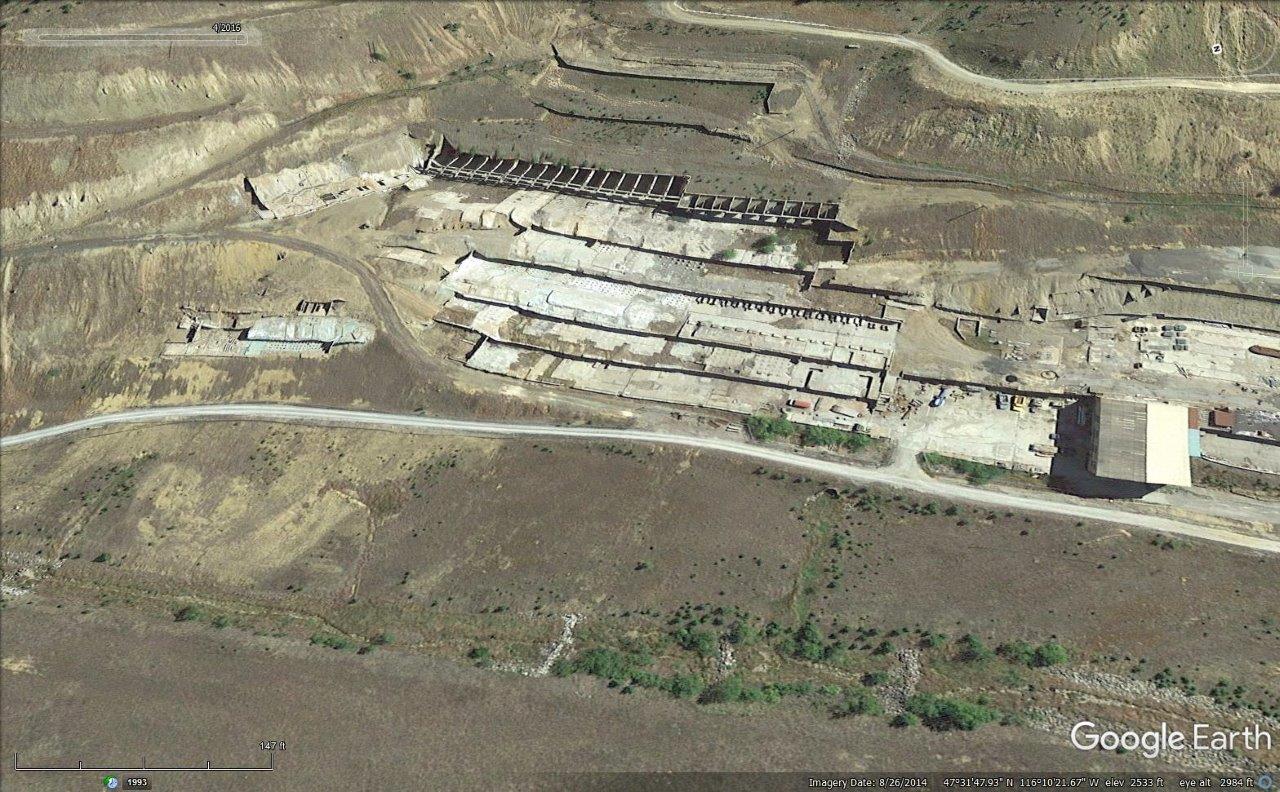
Related Titles

Leaded
Leaded is a timely and deeply researched account of one of the largest environmental disasters in western US history. It examines the origin, evolution, and...
